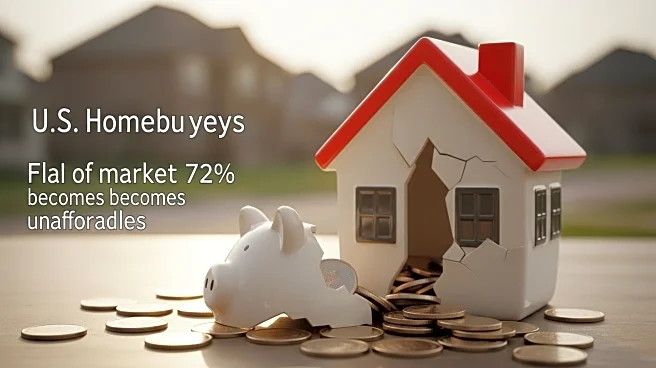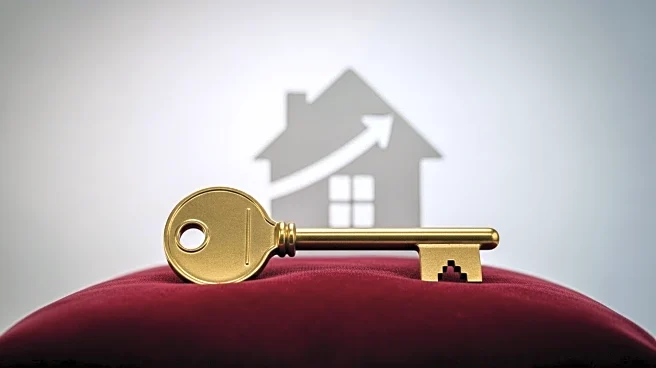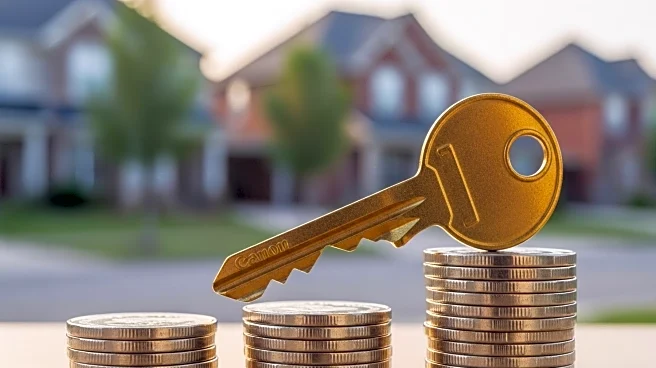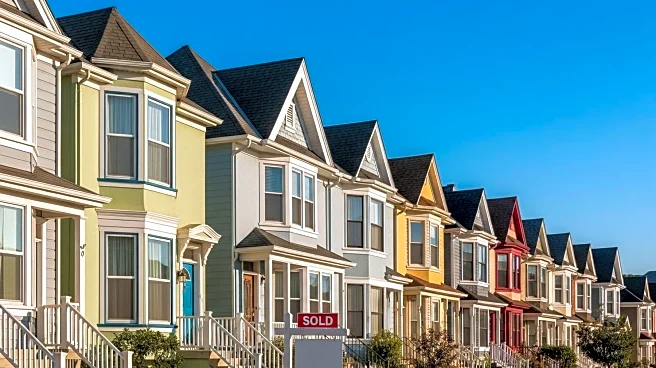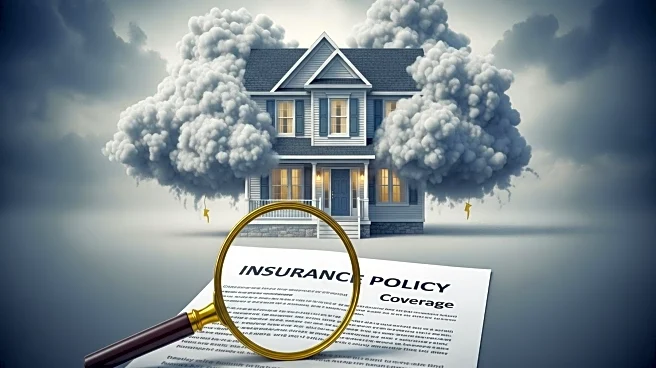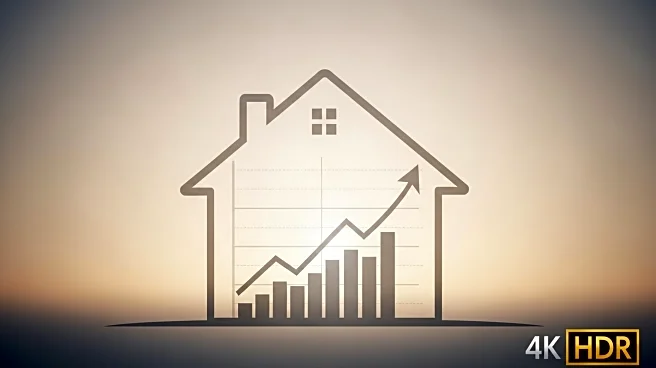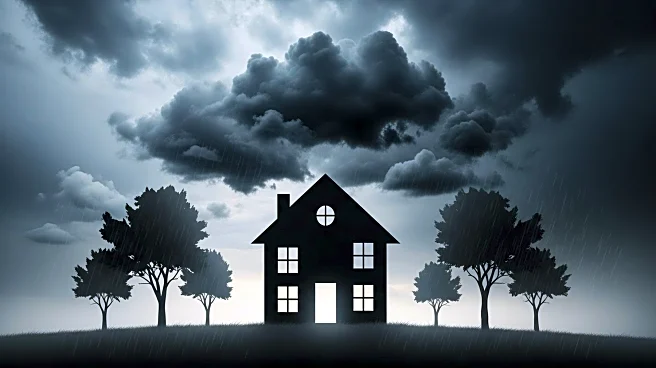What is the story about?
What's Happening?
A recent report from Realtor.com reveals that the average U.S. household can only afford 28% of homes currently on the market, highlighting a significant affordability crisis. The report attributes this to a combination of rising mortgage rates and stagnant income growth. In 2019, mortgage rates were between 3.5% and 4.5%, but they have now increased to 6.5% to 7%, significantly raising monthly payments. Additionally, home prices have surged by nearly 38% since 2019, further exacerbating the issue. The median-income household can now afford a maximum home price of about $298,000, which is $30,000 less than in 2019.
Why It's Important?
The affordability crisis in the housing market has far-reaching implications for the U.S. economy and society. As more households find themselves priced out of the market, the demand for affordable housing solutions is likely to increase. This situation could lead to a slowdown in the housing market, affecting related industries such as construction and real estate. Additionally, the inability to purchase homes may impact wealth accumulation and financial stability for many families, potentially widening the economic inequality gap.
What's Next?
If mortgage rates remain high and income growth continues to stagnate, the housing affordability crisis may persist. Policymakers and industry leaders may need to explore solutions such as increasing the supply of affordable housing or implementing measures to stabilize mortgage rates. The situation may also prompt a reevaluation of housing policies and financial assistance programs to support potential homebuyers.
AI Generated Content
Do you find this article useful?
